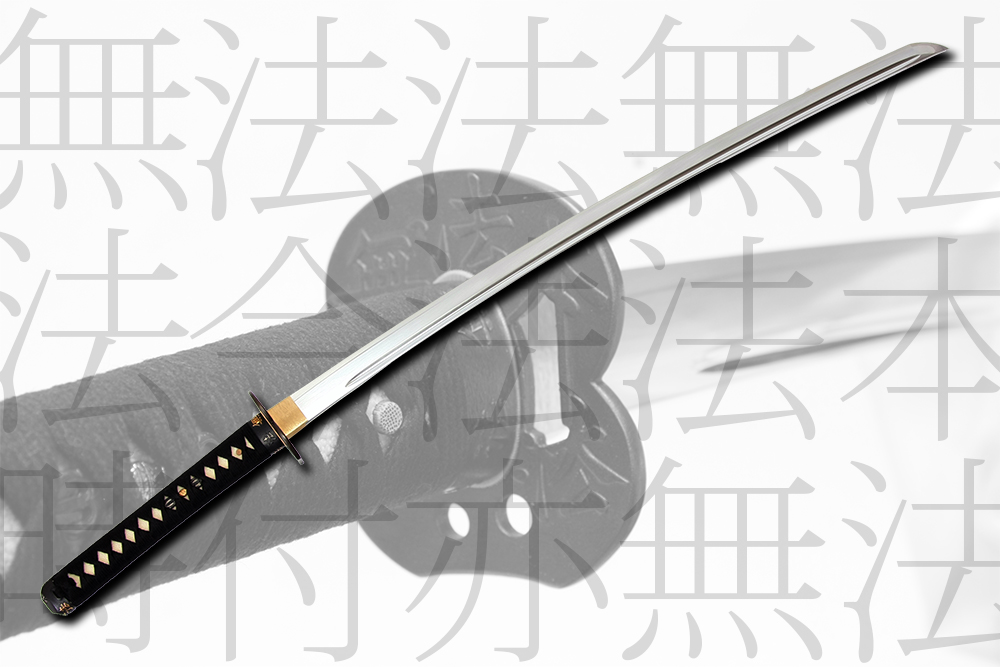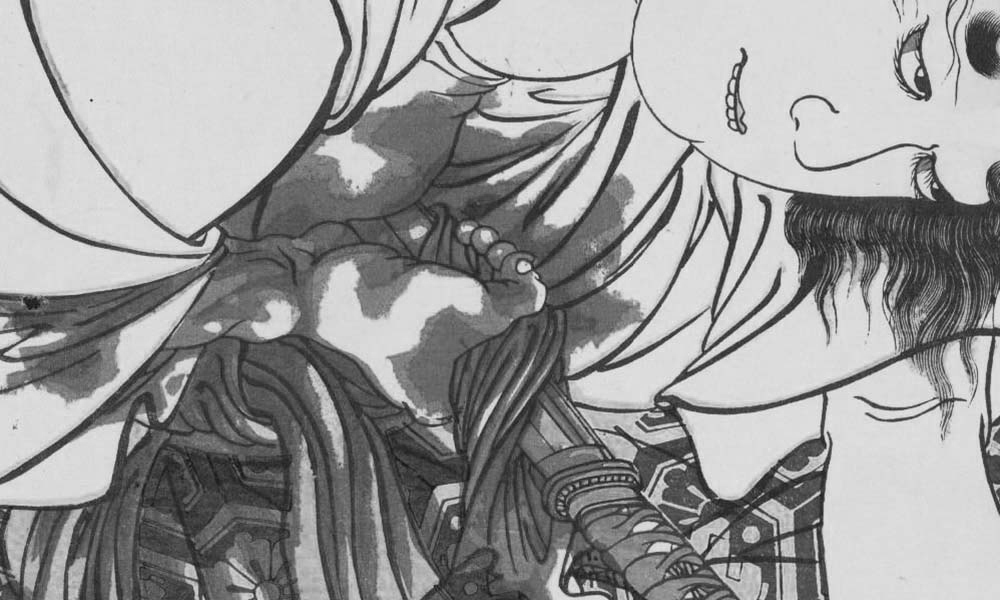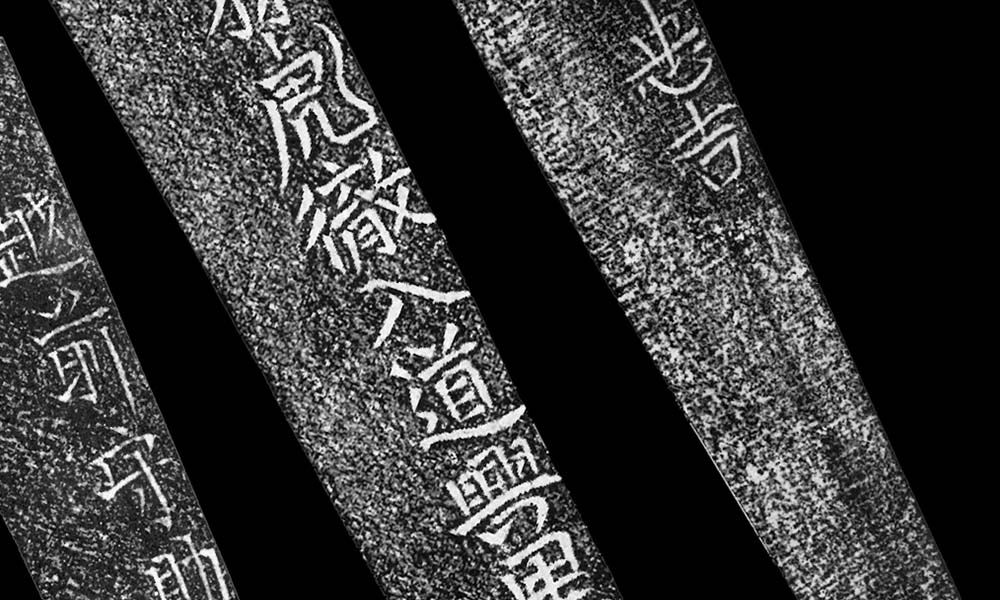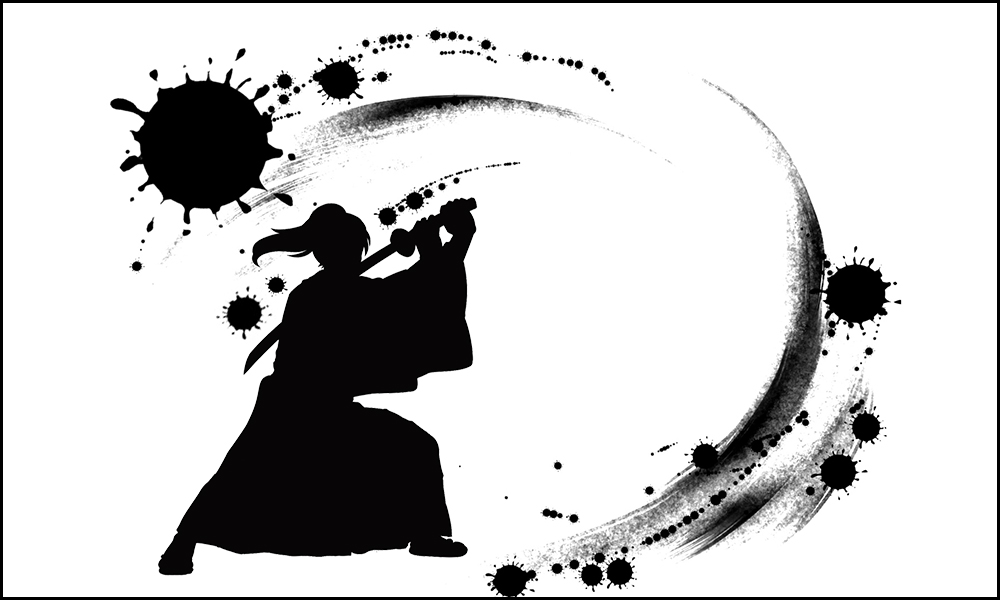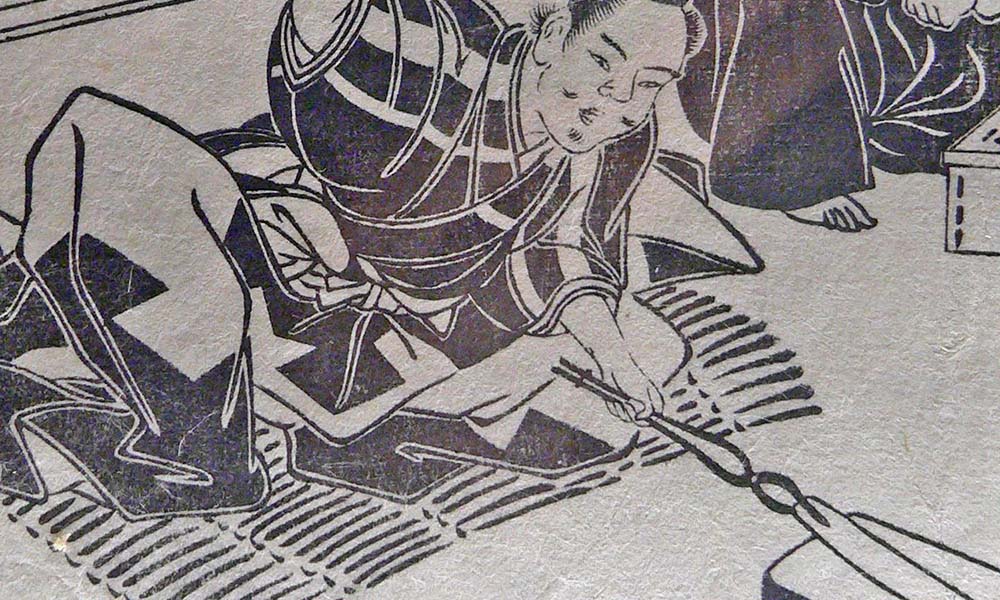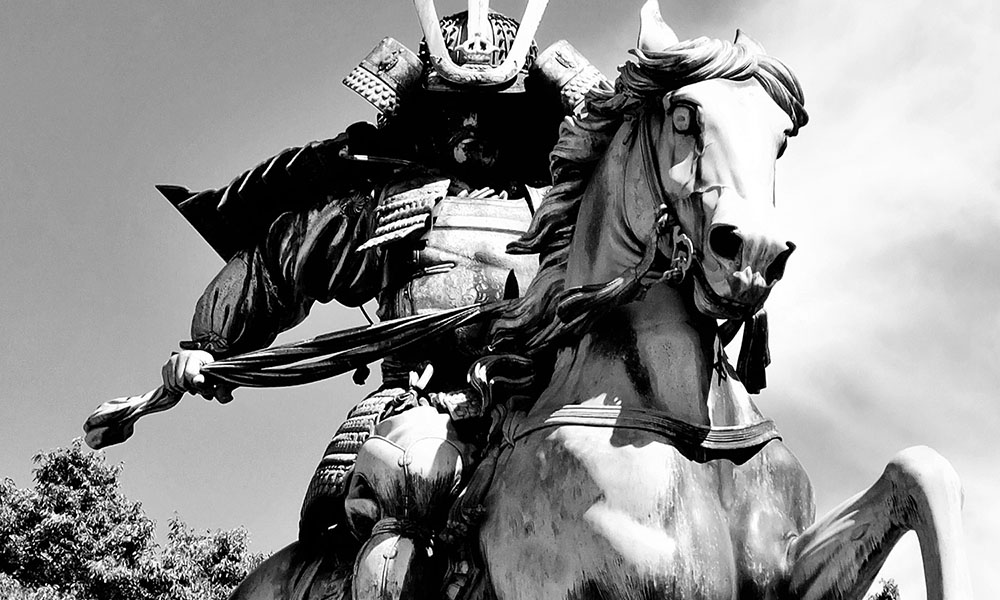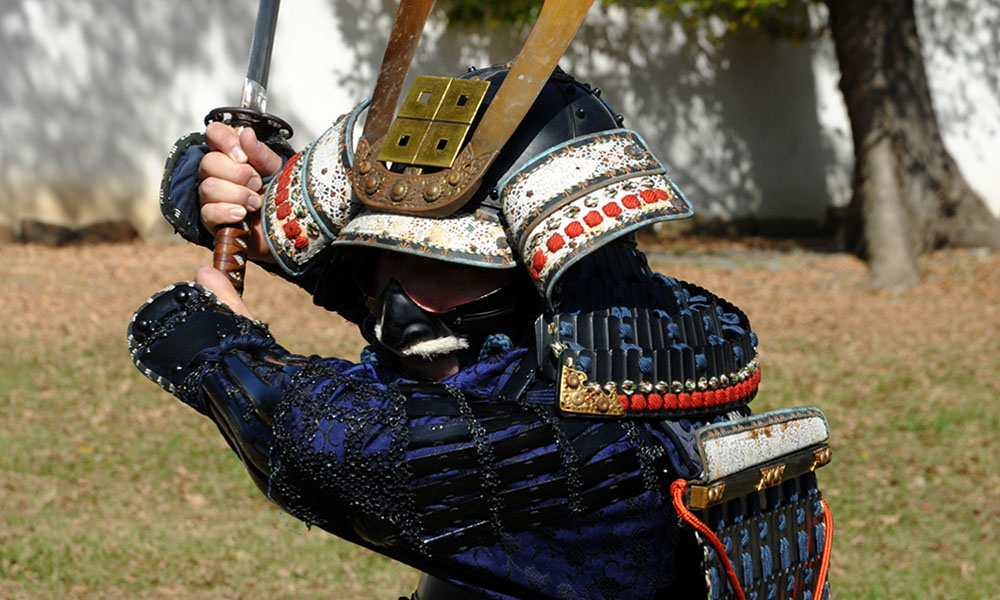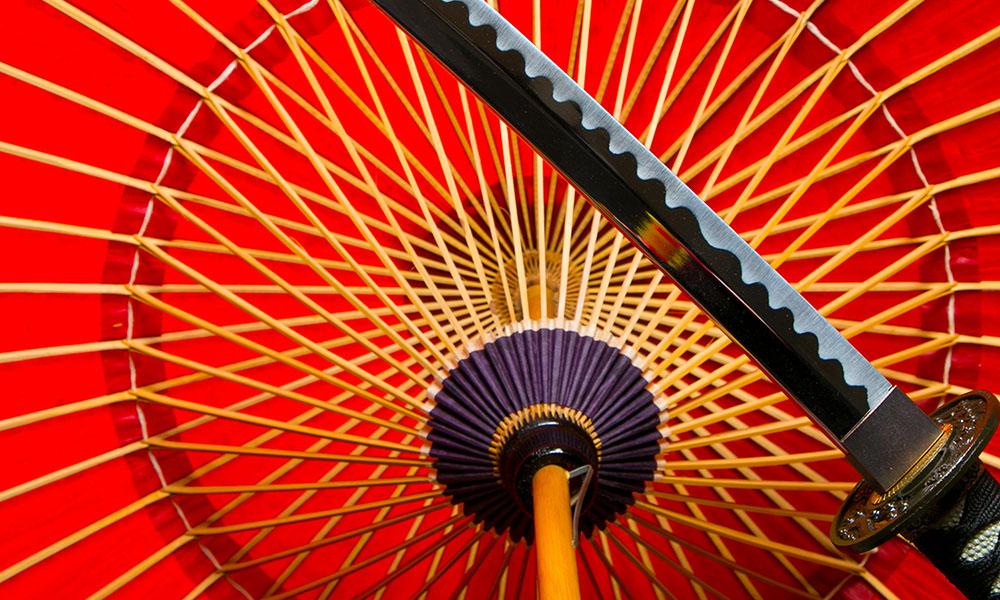Tozando’s new Iaito sword with verse of Buddhist gatha
Gemon is buddhist gatha and this Gemon Koshirae features the verse of gatha that Buddha once said to his principle disciple Mahakasyap. It reads “HO WA MOTO HO TO SHITE MUO NARI, MUHO MO HO TO SHITE MATA HO NARI“, literally meaning that the laws of Dharma were initially not Read More


